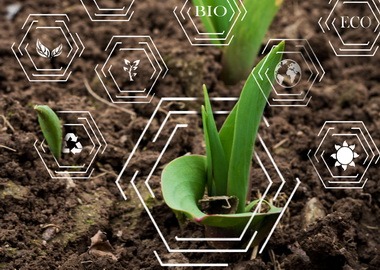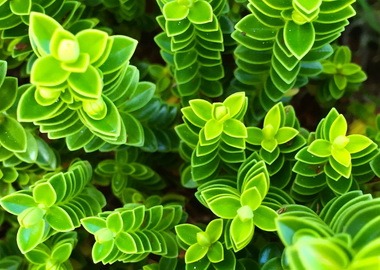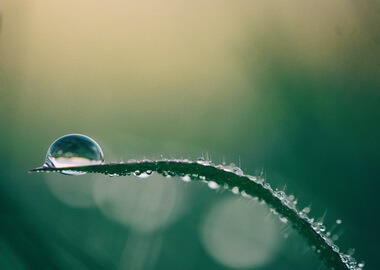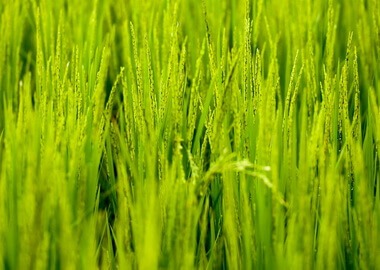Benefits of Internet of Things (IoT) in Agriculture and Smart Farming
Application of IoT in agriculture could be a life-changer for humanity and the whole planet. Currently, we witness how extreme weather, deteriorating soil, drying lands and collapsing ecosystems make food production more and more complicated and expensive.
In the meantime, we are not getting fewer. Famous prediction says there will be more than 9 billion people in 2050. That’s a lot of mouths to feed.
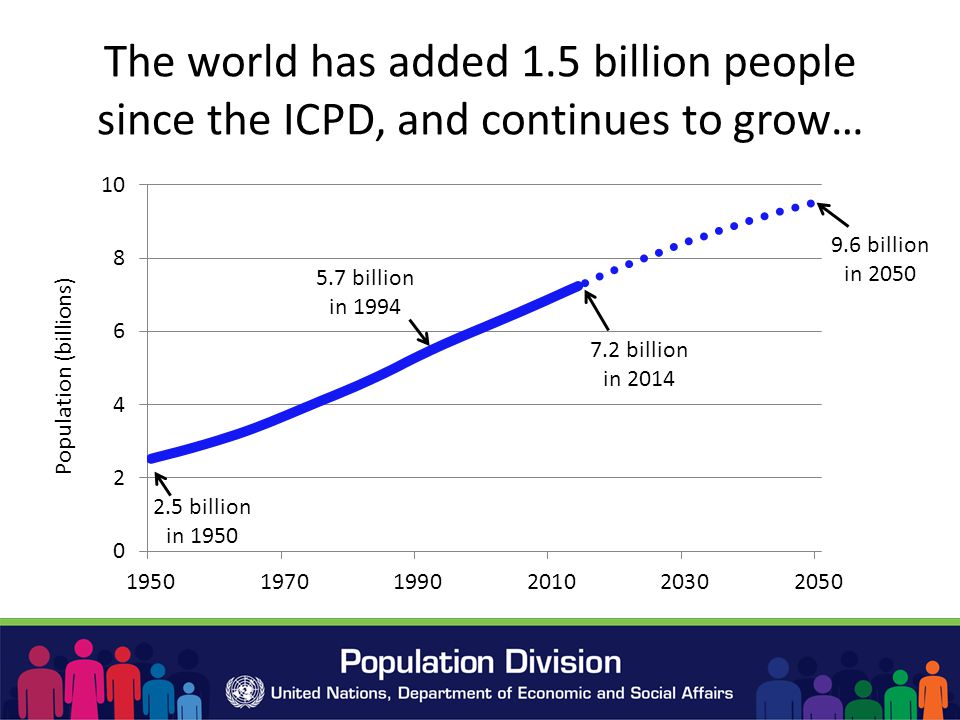
Fortunately, there’s hope thanks to rapidly developing agtech and IoT applications for smart farming. This market is expected to reach 23.14 billion U.S. dollars by 2022 with 75 million IoT systems deployed for agricultural purposes in the next couple of years, experts estimate.
Not to mention the number of innovative startups in this arena. There are plenty of agtech and food-tech venture capitals. GroundUp, Lightbank, FoodTech Angels, Earth Capital US, Avrio Capital, the Kitchen, Startup Farmers and many others shape the future of smart farming.
Smart agriculture is a broad term that collects ag and food production practices powered by Internet of Things, big data and advanced analytics technology. When we talk about IoT, we generally refer to adding sensing, automation and analytics technology to modern agricultural processes. The most common IoT applications in smart agriculture are:
- Sensor-based systems for monitoring crops, soil, fields, livestock, storage facilities, or basically any important factor that influences the production.
- Smart agriculture vehicles, drones, autonomous robots and actuators.
- Connected agriculture spaces such as smart greenhouses or hydroponics.
- Data analytics, visualization and management systems.
- Predictive modeling and planning.
Sensor data analytics drives transparency into agricultural processes and provides farmers with precious insights on the performance of their fields, greenhouses, etc.
Are you looking for a reliable software development partner to work on your project? Contact our team! Let’s discover a way to grow more food efficiently and sustainably.
Contact Digiteum
As in other industries, application of Internet of Things in agriculture promises previously unavailable efficiency, reduction of resources and cost, automation and data-driven processes. In agriculture, however, these benefits don’t act as improvements, but rather the solutions for the whole industry confronting a range of dangerous problems.
Excelled efficiency
Today’s agriculture is in a race. Farmers have to grow more product in deteriorating soil, declining land availability and increasing weather fluctuation. IoT-enabled agriculture allows farmers to monitor their product and conditions in real-time. They get insights fast, can predict issues before they happen and make informed decisions on how to avoid them. Additionally, IoT solutions in agriculture introduce automation, for example, demand-based irrigation, fertilizing and robot harvesting.
Expansion
By the time we have 9 billion people on the planet, 70% of them will live in urban areas. IoT-based greenhouses and hydroponic systems enable short food supply chain and should be able to feed these people with fresh fruits and veggies. Smart closed-cycle agricultural systems allow growing food basically everywhere—in supermarkets, on skyscrapers’ walls and rooftops, in shipping containers and, of course, in the comfort of everyone’s home.
Reduced resources
Plenty of ag IoT solutions are focused on optimizing the use of resources—water, energy, land. Precision farming using IoT relies on the data collected from diverse sensors in the field which helps farmers accurately allocate just enough resources to within one plant.
Cleaner process
Smart farming using IoT is a true way to reduce the usage of pesticides and fertilizers. Not only does precision farming help producers save water and energy and make farming greener but also significantly scales down on the use of pesticides and fertilizer. This approach allows getting a cleaner and more organic final product compared to traditional agricultural methods.
Agility
One of the benefits of using IoT in agriculture is the increased agility of the processes. Thanks to real-time monitoring and prediction systems, farmers can quickly respond to any significant change in weather, humidity, air quality as well as the health of each crop or soil in the field. In the conditions of extreme weather changes, new capabilities help agriculture professionals save the crops.
Improved product quality
Data-driven agriculture helps both grow more and better products. Using soil and crop sensors, aerial drone monitoring and farm mapping, farmers better understand detailed dependencies between the conditions and the quality of the crops. Using connected systems, they can recreate the best conditions and increase the nutritional value of the products.
Learn more
Using IoT for precision agriculture
There are numerous examples that show how to use IoT in agriculture from versatile data analytics and management systems to futuristic robot pollinators. In this article, we’ve singled out several IoT applications in agriculture across vehicles, ag spaces and operations and name a few exciting projects in each category.
Ag vehicles
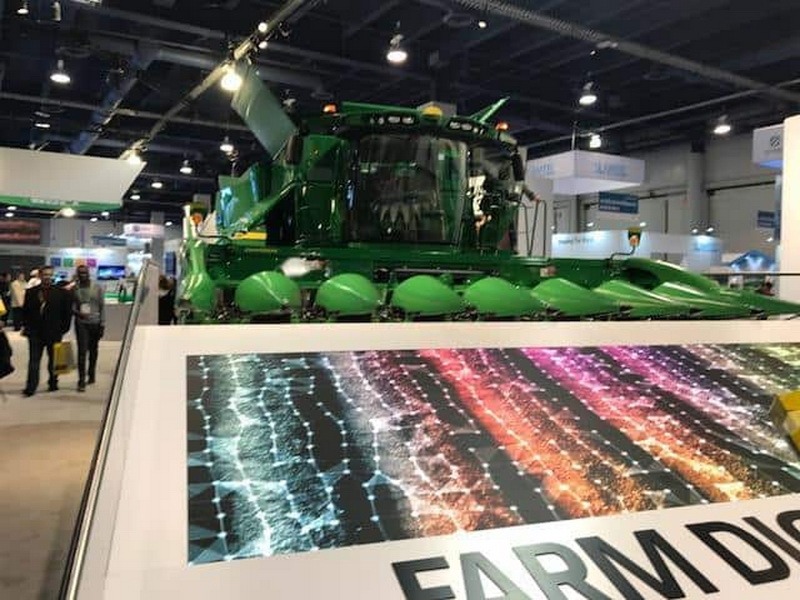
In general, application of ag vehicles is the core of productive agriculture. Using smart vehicles significantly increases this efficiency and drives automation to traditional farming.
Deere & Co’s connected combines and tractors are a good example. Earlier this year, these vehicles have drawn a lot of attention from the visitors of the CES 2019, and not just because of the enormous size and catchy green color, but for the technology under the hood.
Deere’s vehicles are equipped with sensors, computer vision, extremely precise (less than one inch) GPS and machine learning to enable self-driving and precision farming capabilities. These machines still require an operator, however, thanks to the technology, it doesn’t need to be a highly qualified ag vehicle driver.
Concept cars
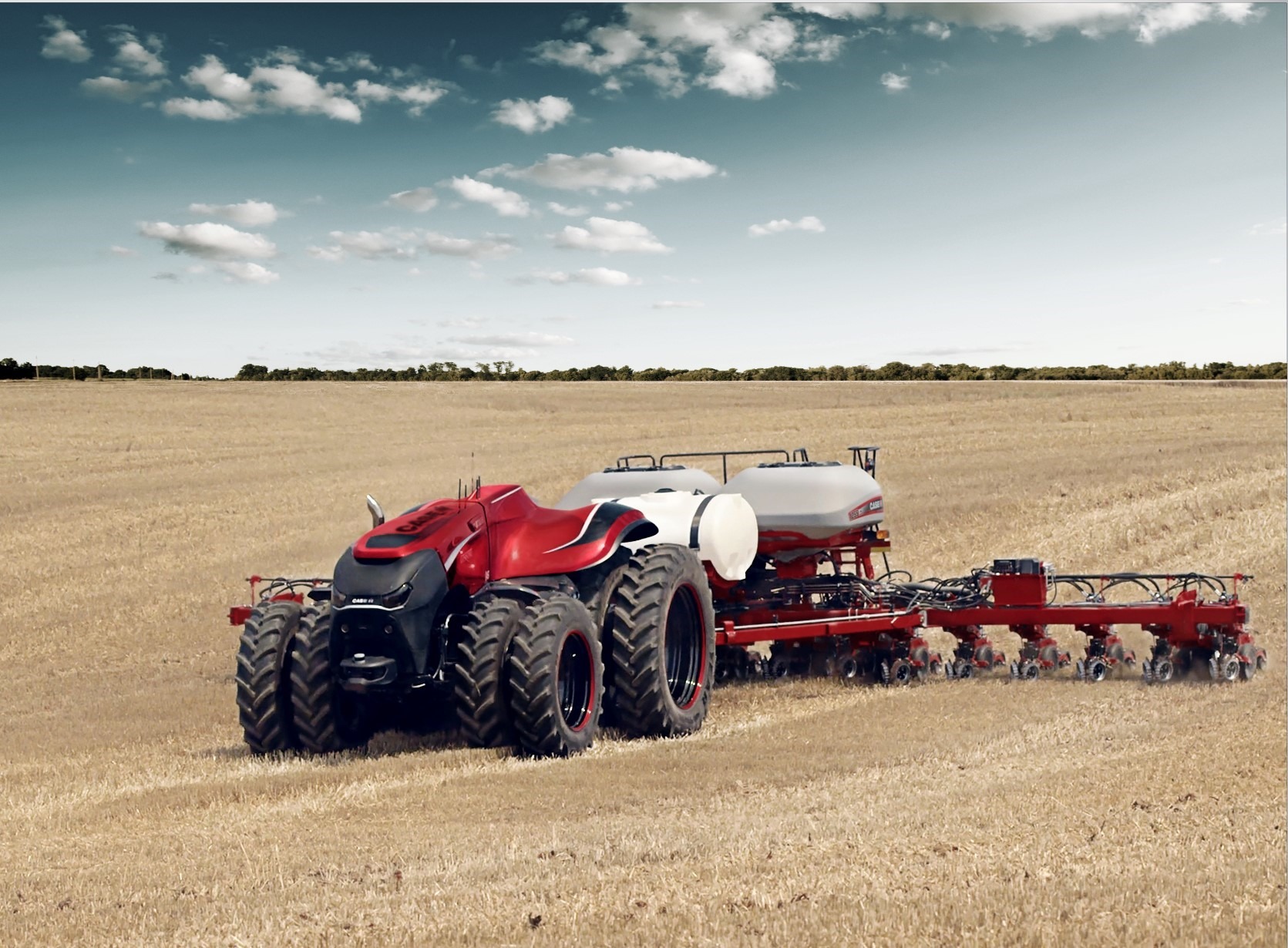
In turn, Case IH concept vehicle is fully autonomous and can be manned remotely from the office or controlled by artificial intelligence. One of the leading agtech providers in the world, Case IH has been working on the vehicle since 2016 and is expected to roll out the first prototype soon.
Drones
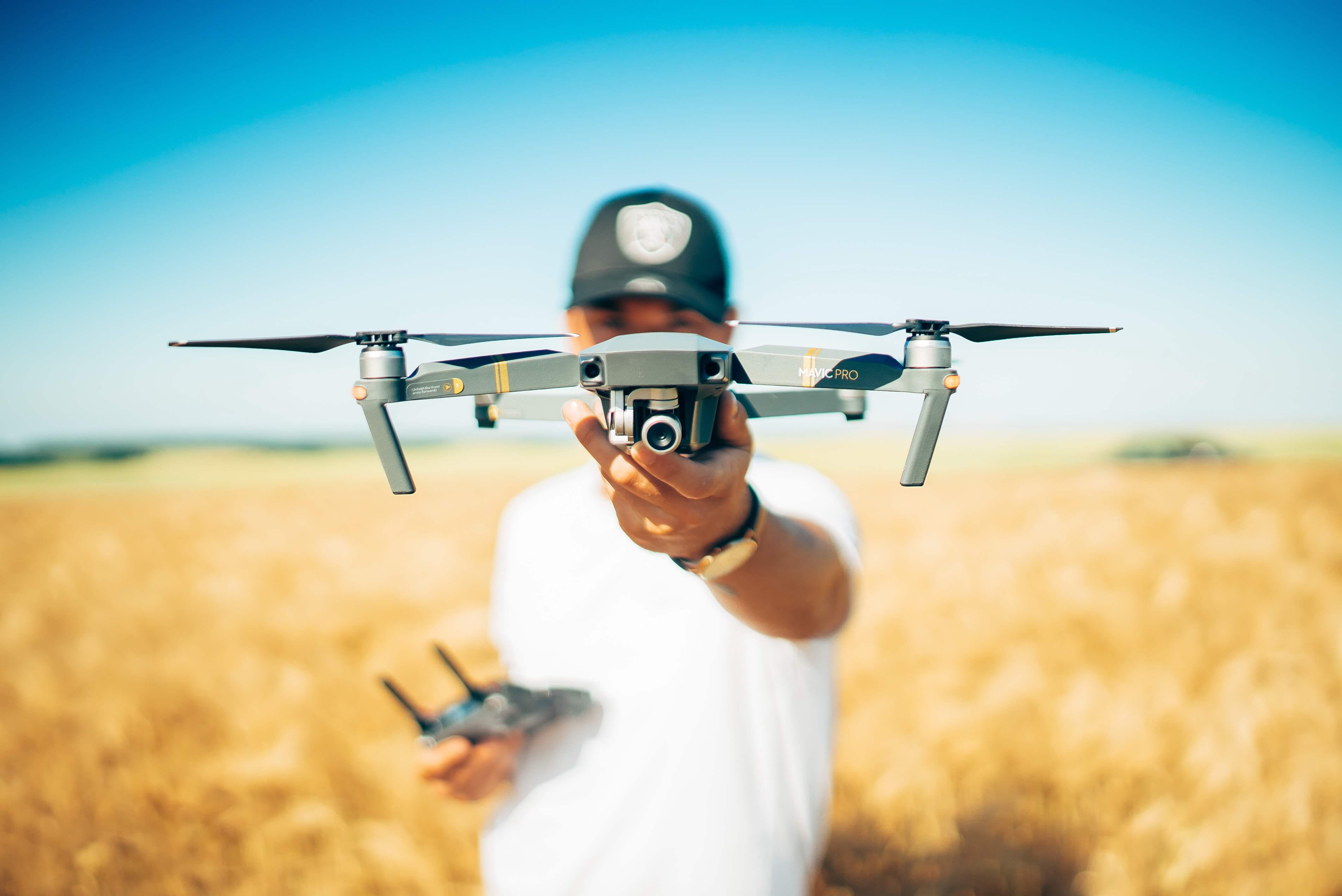
UAV or simply drones have also gained popularity in the industry. In most cases, drones work as an IoT-based monitoring system in smart agriculture, as the tools for farm mapping and on-demand irrigation and pesticide treatment.
Red Dot awardee, Xaircraft P30 is an autonomous plant protection drone. It uses advanced algorithms for outstanding flight capabilities and precise chemical spraying, which helps reduce up to 30% of pesticide material and save 90% of water.
There are also smaller drones which, however, make a big job—pollination. Seeing the alarming mass beehive collapses and a significant decrease of the bee population, some companies decided to focus on creating microdrones that could perform bee functions in agriculture. Walmart, for example, has recently filed a patent for a robot bee, and Harvard University has been teaching their RoboBees to swim underwater.
Smart sprinklers, lights, coolers, heaters
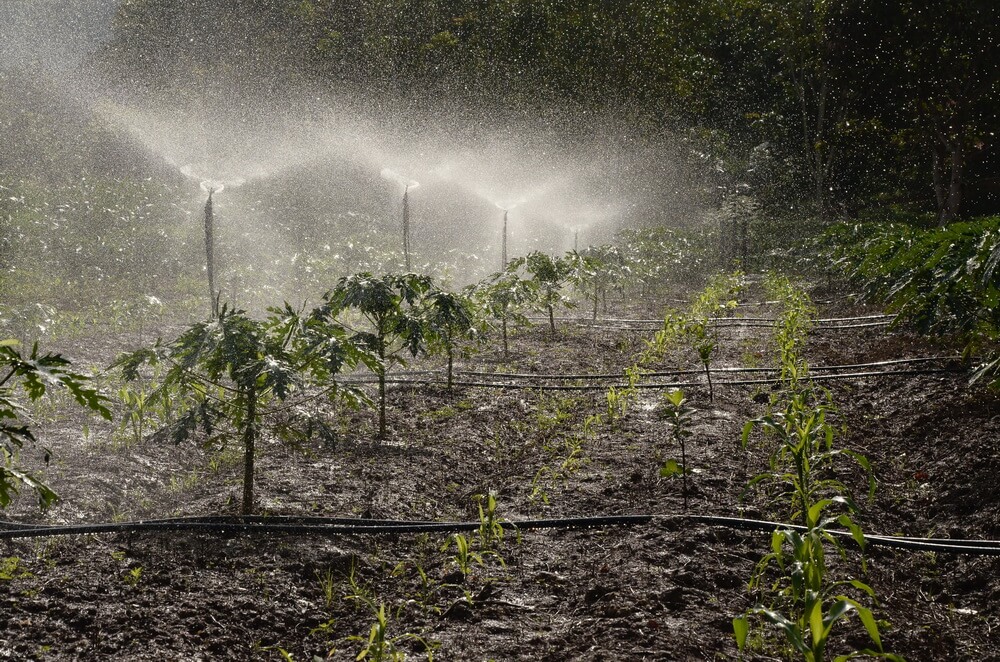
Implementation of IoT in agriculture is not only the way to boost productivity and cut costs but also one of the primary measures to reduce the carbon footprint associated with farming and preserve energy and water resources.
For instance, automated irrigation based on the use of smart sprinklers helps farmers significantly reduce water consumption and thus makes agriculture more sustainable. Connected coolers and heaters in storage and transportation facilities create better preserving conditions for the product and help reduce waste. Intelligent LED lighting automatically adjusts to the changing conditions and ensures every part of a greenhouse or storage space gets the right amount of light.
Digital Lumens produces just the kind of intelligent LEDs which facilitate energy usage monitoring and demonstrate agricultural automation using IoT in action. Combined with remote control and data analytics features, this solution provides higher efficiency of managing storage and transportation assets.
Learn about our agriculture software development services
Contact Digiteum
Autonomous greenhouse
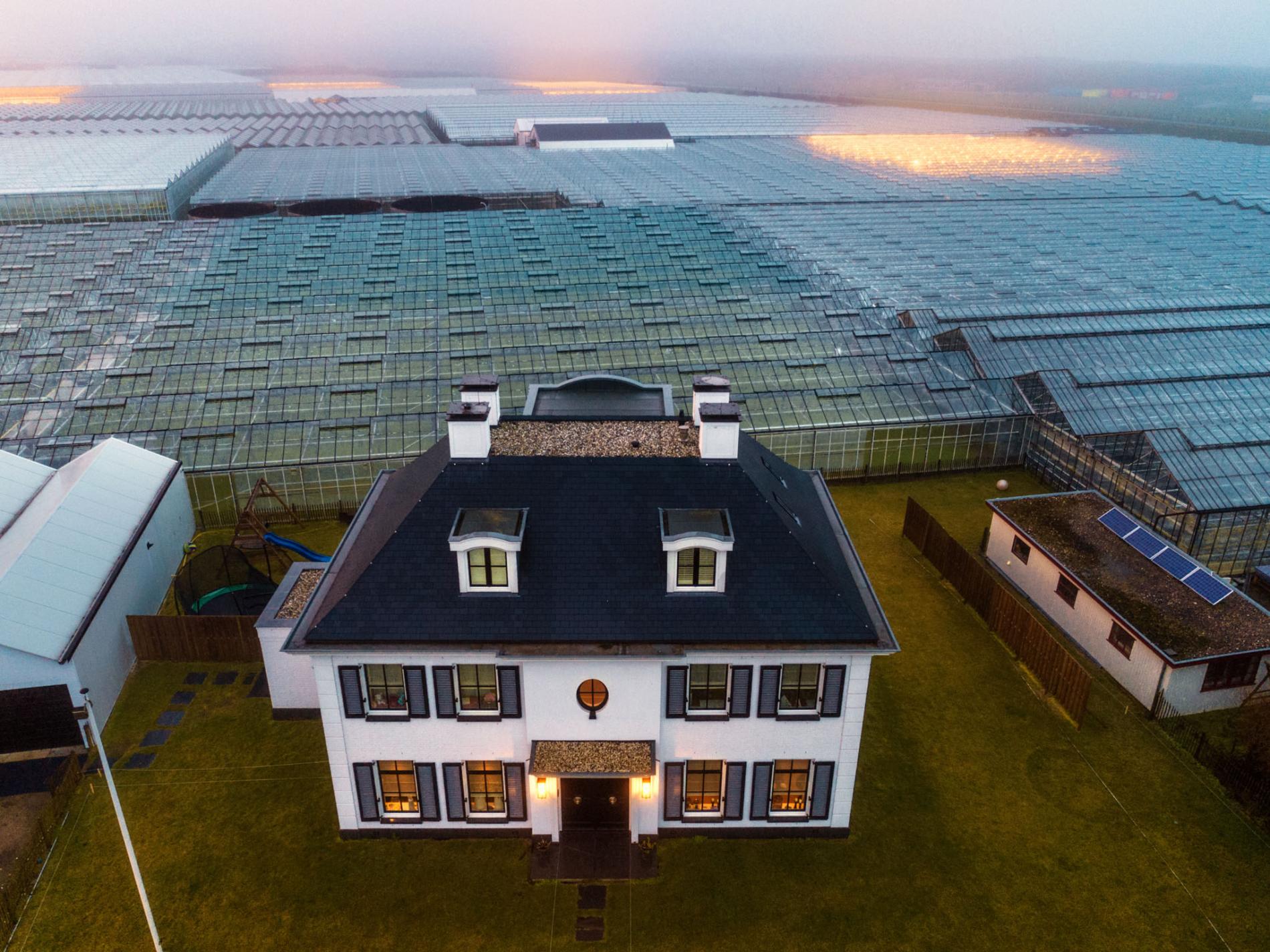
The impact of IoT in agriculture is so serious, that it can completely change the economy of the whole country. This is what happened with the Netherlands, a small densely populated lowland country that today ranks second among veggie exporters in the world.
The secret is in the innovative approach to agricultural spaces and broad use of IoT in agriculture processes. The majority of farmlands in the Netherlands are covered by glass, and vegetables are grown in autonomous greenhouses. The Dutch use connected technology, sensors to monitor CO2 level, humidity, LED light, plant health and data analytics to maintain a sustainable environment in the greenhouses. Thus, they harvest 10 times the average yield from a traditional open field.
Apart from unrivaled efficiency, growing food in smart greenhouses is clean as it requires much less water and pesticides.
Urban agriculture
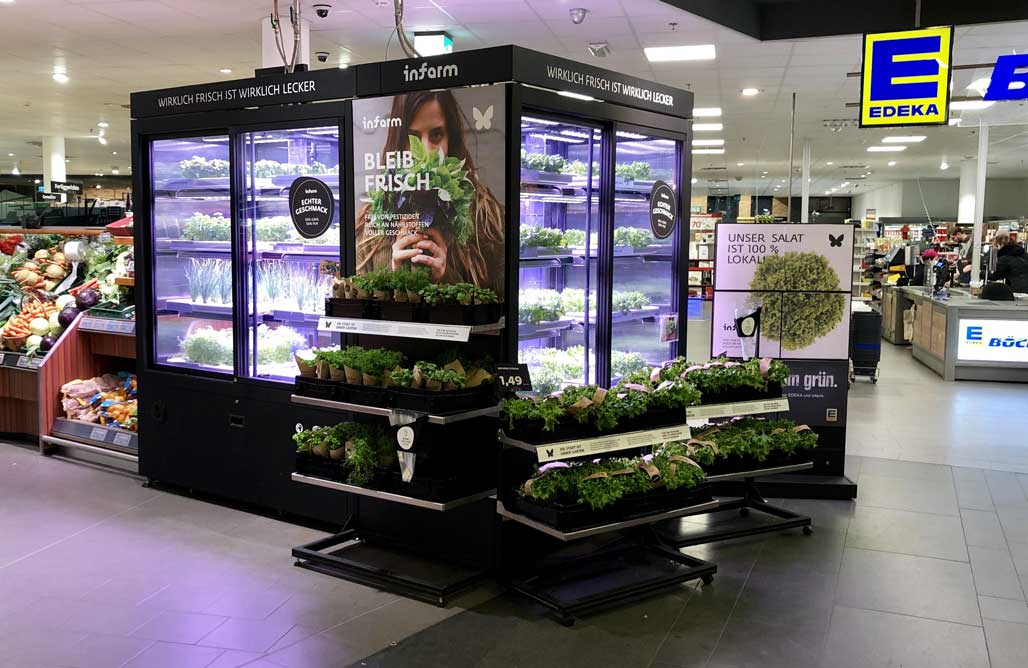
Today’s ag startups claim you don’t even need fields to grow food efficiently in a smart greenhouse. Companies like Infarm or Jones Food offer you to install autonomous greenhouses in an urban environment such as a supermarket, private garden or even a pharma plant. Thanks to hydroponic technology, smart vertical gardens are soilless—plants grow in nutritious solvents controlled and maintained by sensor technology and don’t require traditional irrigation, which makes them resource-efficient.
Considering the unbeatable benefits, environmental friendliness and agility of autonomous greenhouses, they could become the solution to the challenges farming confronts, and thus build the future of IoT in agriculture.
There’s a wide range of IoT sensors used in agriculture, including soil, humidity, moisture, light, air temperature, CO2, solar energy sensor, and many others. Installed throughout the fields, in the IoT-based monitoring systems, on smart agriculture vehicles and weather stations, sensors continuously collect data and bring visibility and control into agriculture operations.
The combination of data coming from diverse sensors allows farmers to build crop models and predict how crops will grow in the given conditions, integrate precision farming practices, create harvesting strategies, etc.
Gyroscope and image
Gyroscope and image sensors are widely used in robots, autonomous vehicles and drones for field health monitoring, geomapping and land analytics, autonomous irrigation and crop fertilization.
Near infrared and EC
One more Red Dot awardee, SoilCares is a good example of how IoT can be used in agriculture at a small scale. This portable soil scanner uses near-infrared and EC sensing for real-time soil diagnostics and recommendations on ground fertilizing and treatment. IoT agriculture sensors used by the scanner send information to the data processing center, which sends the insights right to the farmer’s phone.
Moisture and temperature
Another example is a set of moisture sensors by Cropx. These sensors provide automated moisture, temperature and EC monitoring and enable efficient and wasteless irrigation. This is also a good example of how using IoT in agriculture can reduce water consumption.
Smart agriculture system using IoT and big data technology could be the savior for the whole industry. But integrating technology in traditional agricultural processes has not been without its own problems.
Connectivity
You need to provide connectivity throughout the agricultural environment—fields, storehouses, barns, greenhouses, etc. to make an IoT system work. And this is a lot of space to work with. Ideally, it should also be a reliable uninterrupted connection which could withstand severe weather events and open space conditions.
Unfortunately, the connectivity still poses a problem in the Internet of Things in general, as diverse systems use different protocols and data transmission methods. Hopefully, attempts to regulate this area, introduce standards as well as the development of 5G technology and the space-based Internet can soon solve this problem and provide fast and reliable Internet connection for every space regardless of its size and conditions.
Design and durability
Any IoT system used in agriculture should be able to handle not only connectivity, but the conditions of outdoor spaces. Drones, portable sensors, IoT in smart grid and weather monitoring stations should have an uncomplicated yet functional design and a certain level of robustness to “work in the farm.” Not to mention the complexity and peculiarity of designing an IoT product in general.
By the way, do you have a smart agriculture project and need clever and skillful designers and developers to implement it? Contact our team to discuss how to make it happen and start building a market-winning product as soon as tomorrow.
Limited resources and time
The role of IoT in agriculture is very important, though the integration of smart technology in this area takes place in the context of a constantly changing environment and lack of time.
The companies who design and develop IoT for agriculture have to take into consideration rapid climate change and emerging weather extremes, work with limited land availability and unfavorable factors like dying pollinators.
On the bright side, in response to these conditions, many progressive projects emerge, for example, connected beehives by Deutsche Telekom or urban farms in shipping containers by Square Roots created by Elon Musk’s younger brother Kimbal Musk.
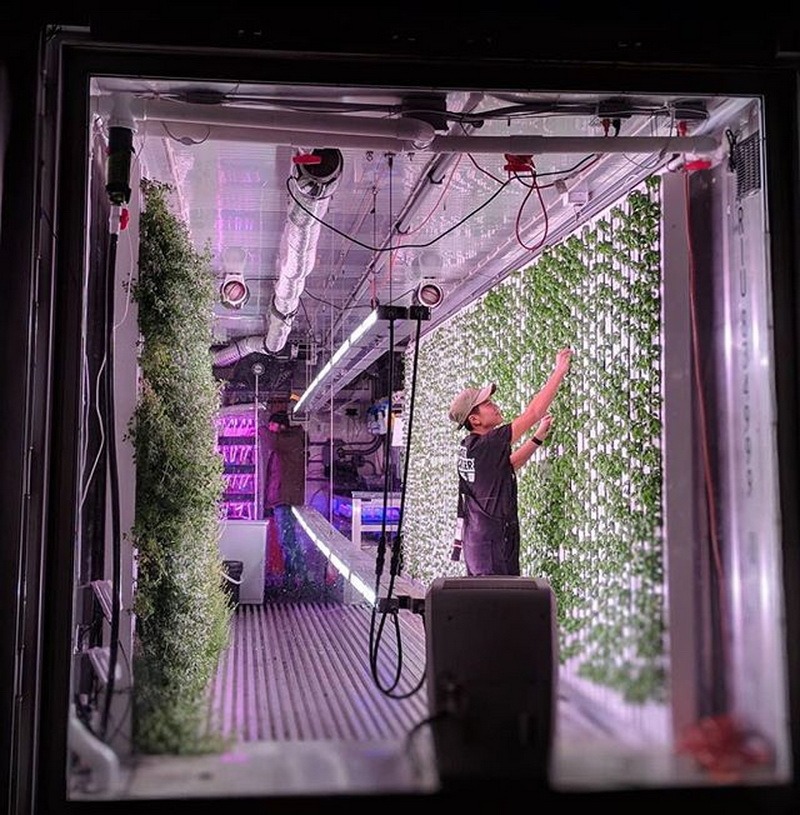
Our teams have diverse experience in agtech and IoT. Over the last several years we have been working with startup and enterprise-level clients in agribusiness and contributed to the development of a range of software for field analytics, geomapping, people and document management.
- Since 2020, we have been working with a US-based agtech and precision agriculture startup on a range of R&D projects, building PoCs and exploring the possibilities of IoT and data science to improve operational efficiency and drive automation to agribusiness.
- In 2019-2020, we have collaborated with a leading Canadian company in agriculture technology and delivered a range of automation services for people management.
- In 2019, we have built an MVP version of a data analytics system for major agriculture analytics and research provider in the UK.
Learn more about agriculture software development with Digiteum and contact our team to see how we can help integrate IoT in agriculture industry.
Conclusion
Markets will grow and collapse, disruptive business models will emerge or die, but people will always need to eat and drink. For this reason, the development of such areas as food and agriculture will always be a priority, especially given the dynamics we observe in the world today. Therefore, IoT used in agriculture has a big promising future as a driving force of efficiency, sustainability and scalability in this industry.
If agriculture and IoT development in this industry are your objectives, you have a project or idea in mind or simply need someone to guide you through IoT implementation steps, contact Digiteum team. We are a team of experienced software engineers, architects, designers and analysts who help B2B and B2C businesses benefit from IoT and big data technologies.
Check our portfolio for IoT and big data projects and see if our Internet of Things software engineering skills and competence are what you are looking for right now.
Contact Digiteum


